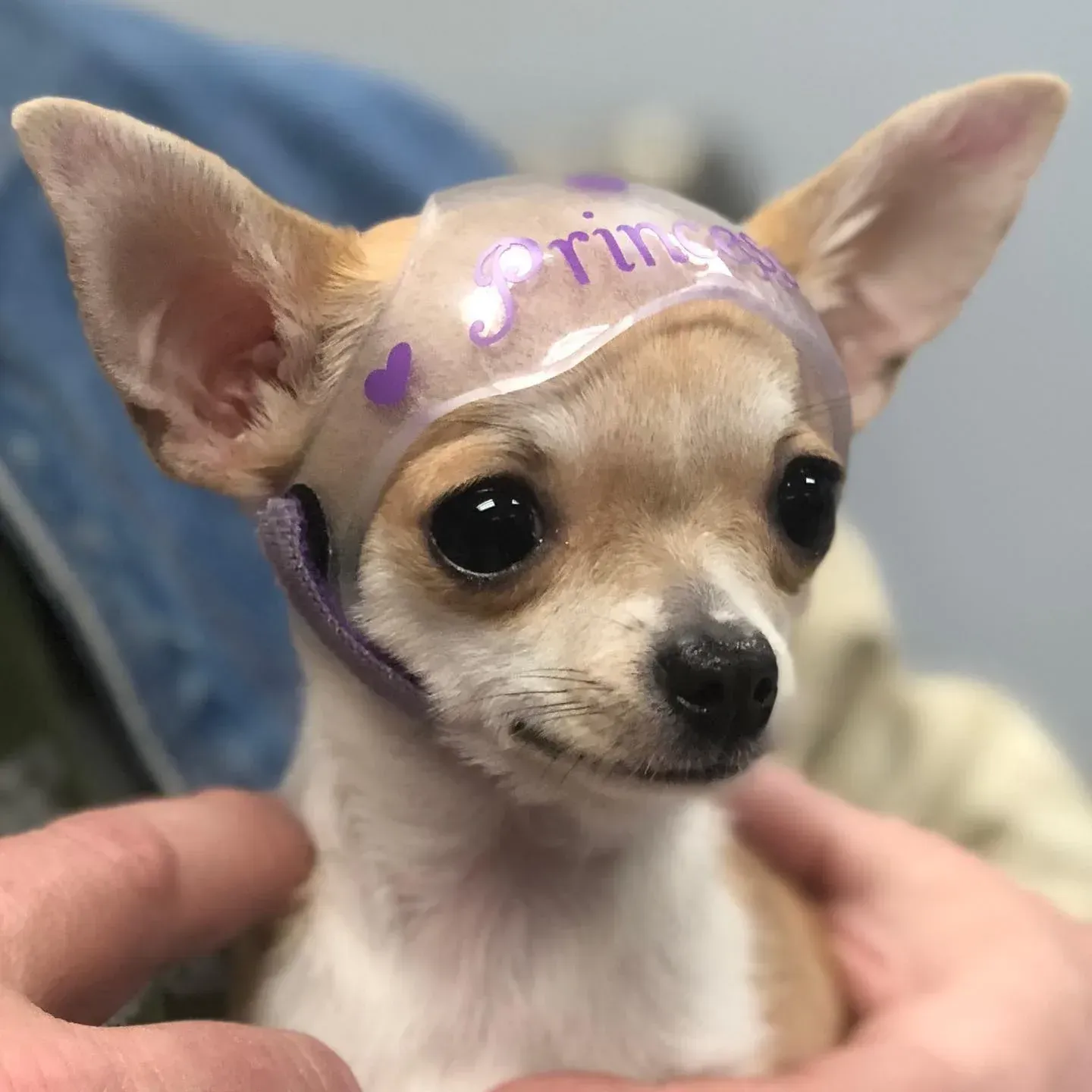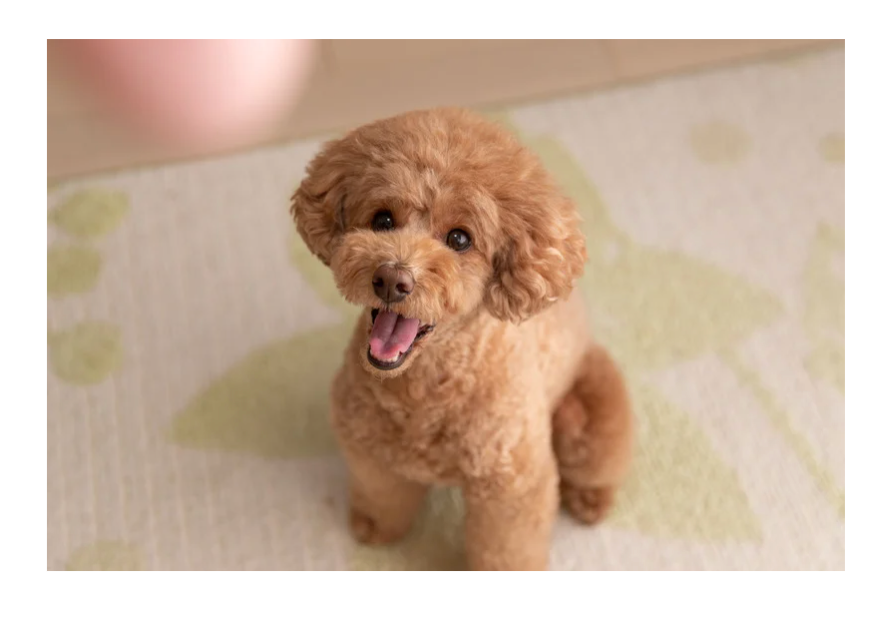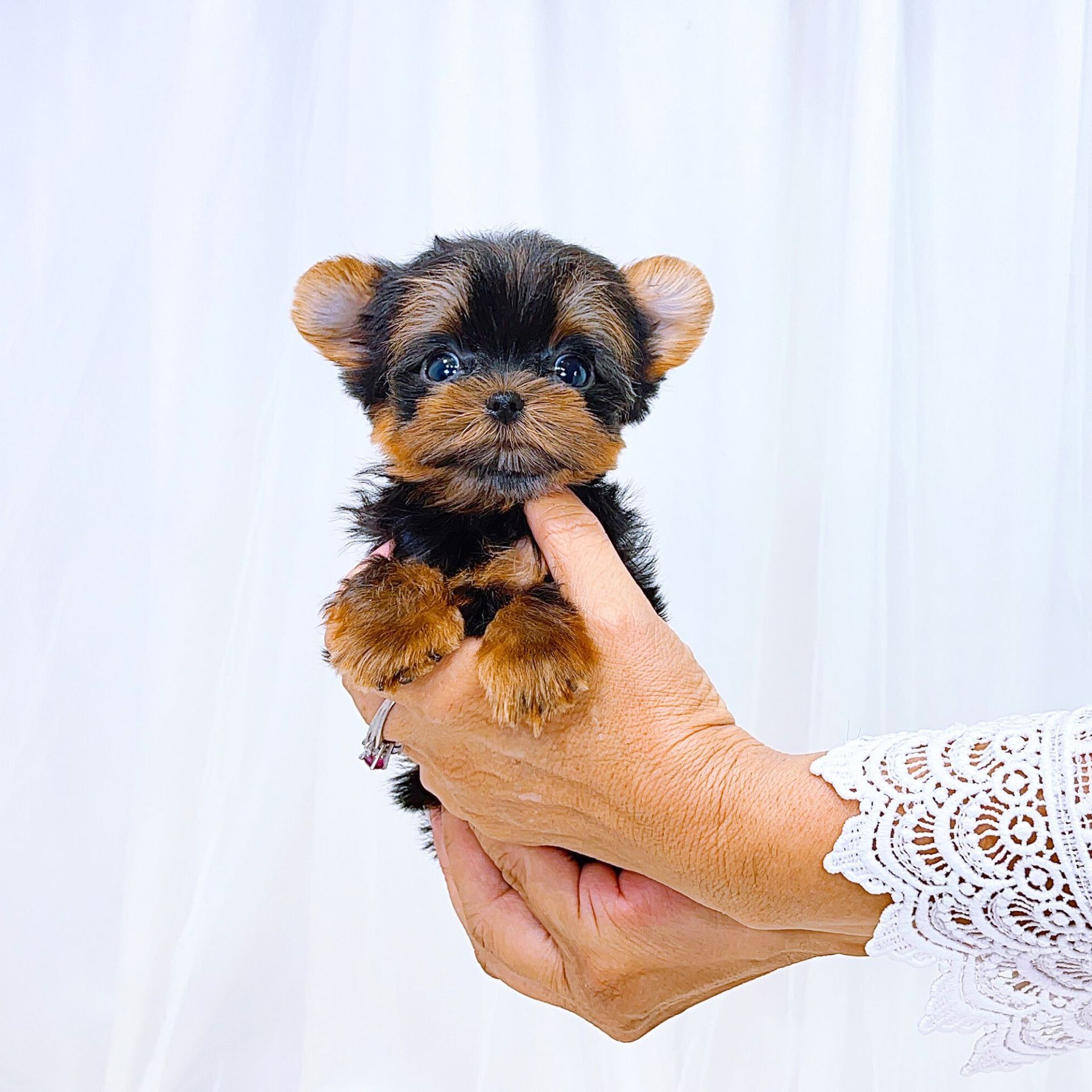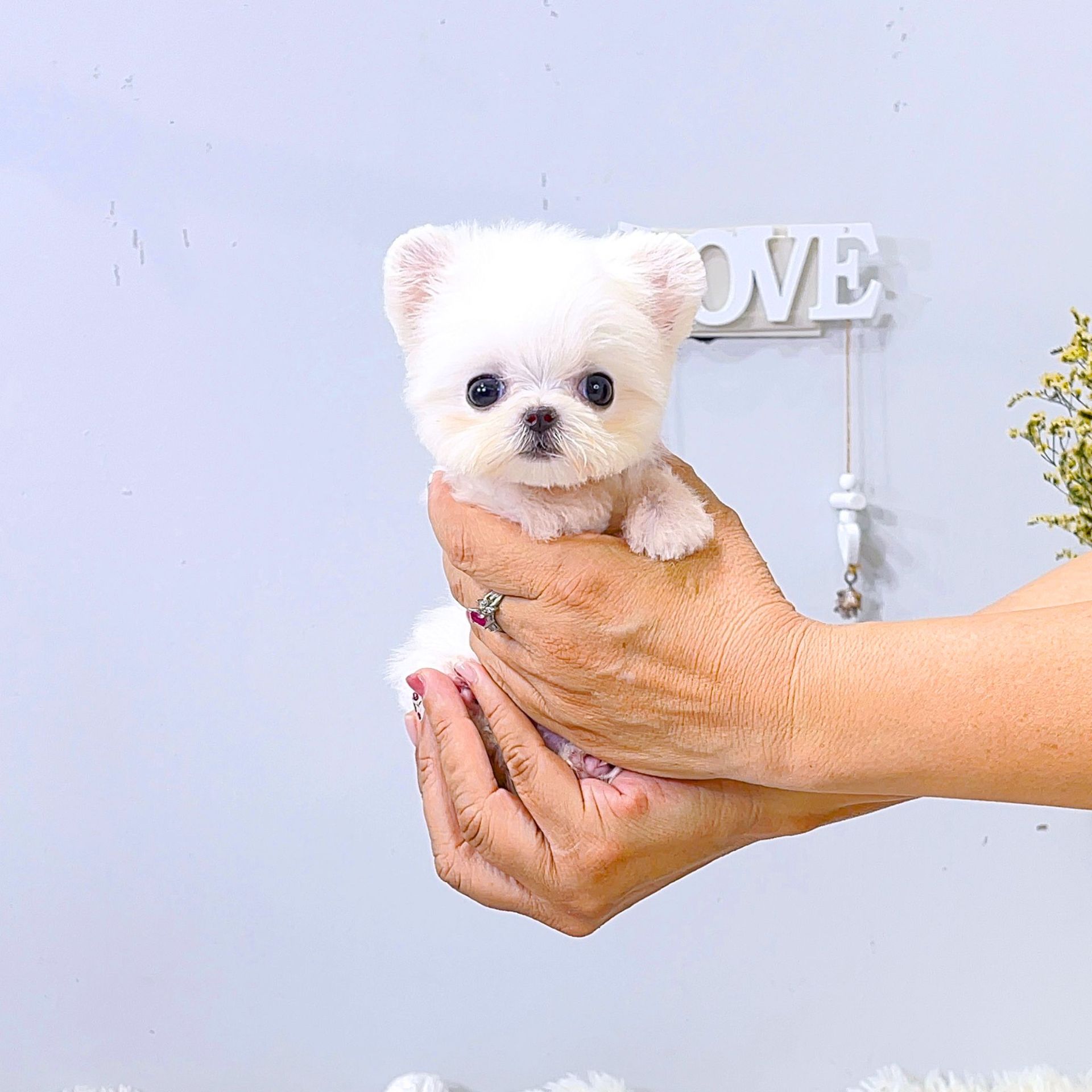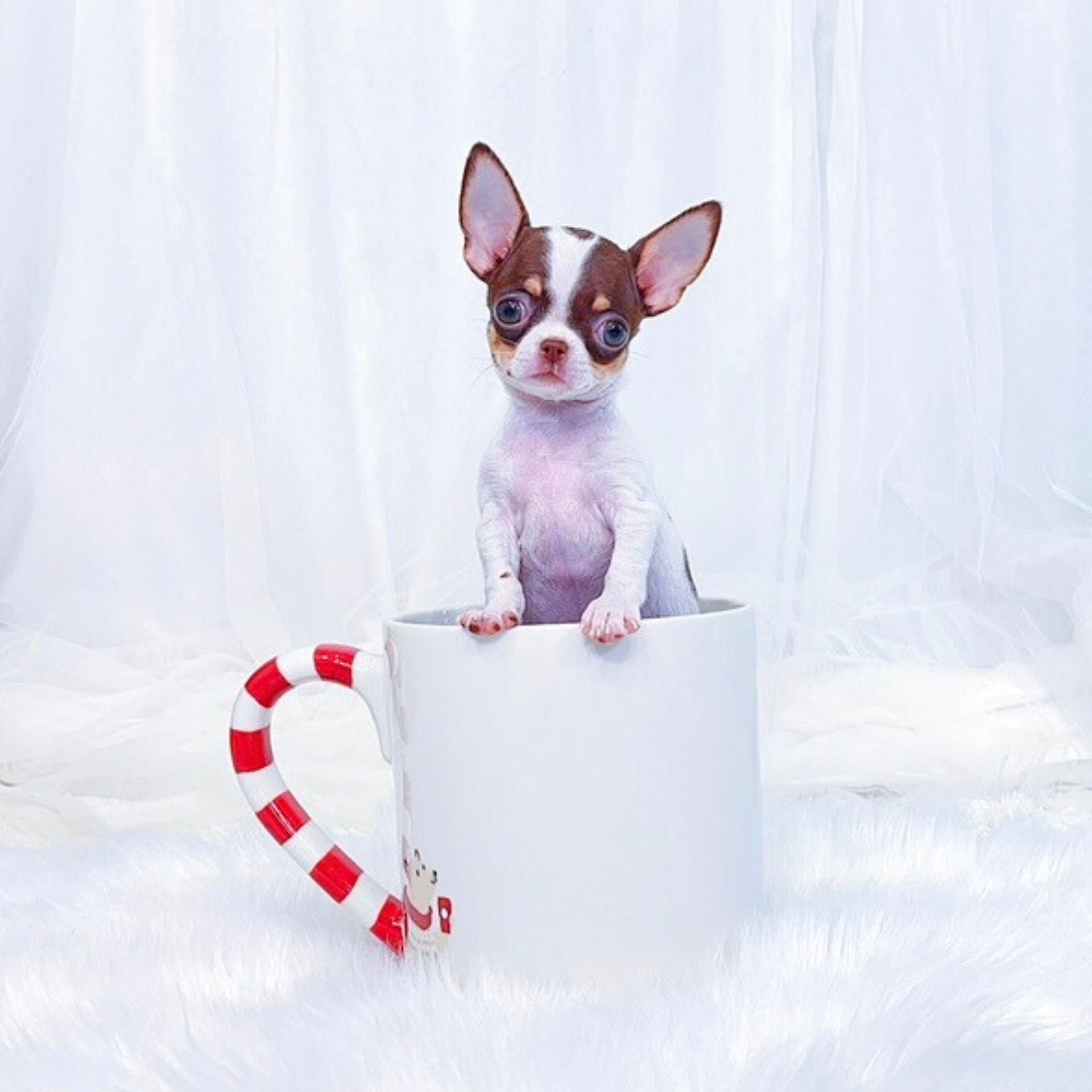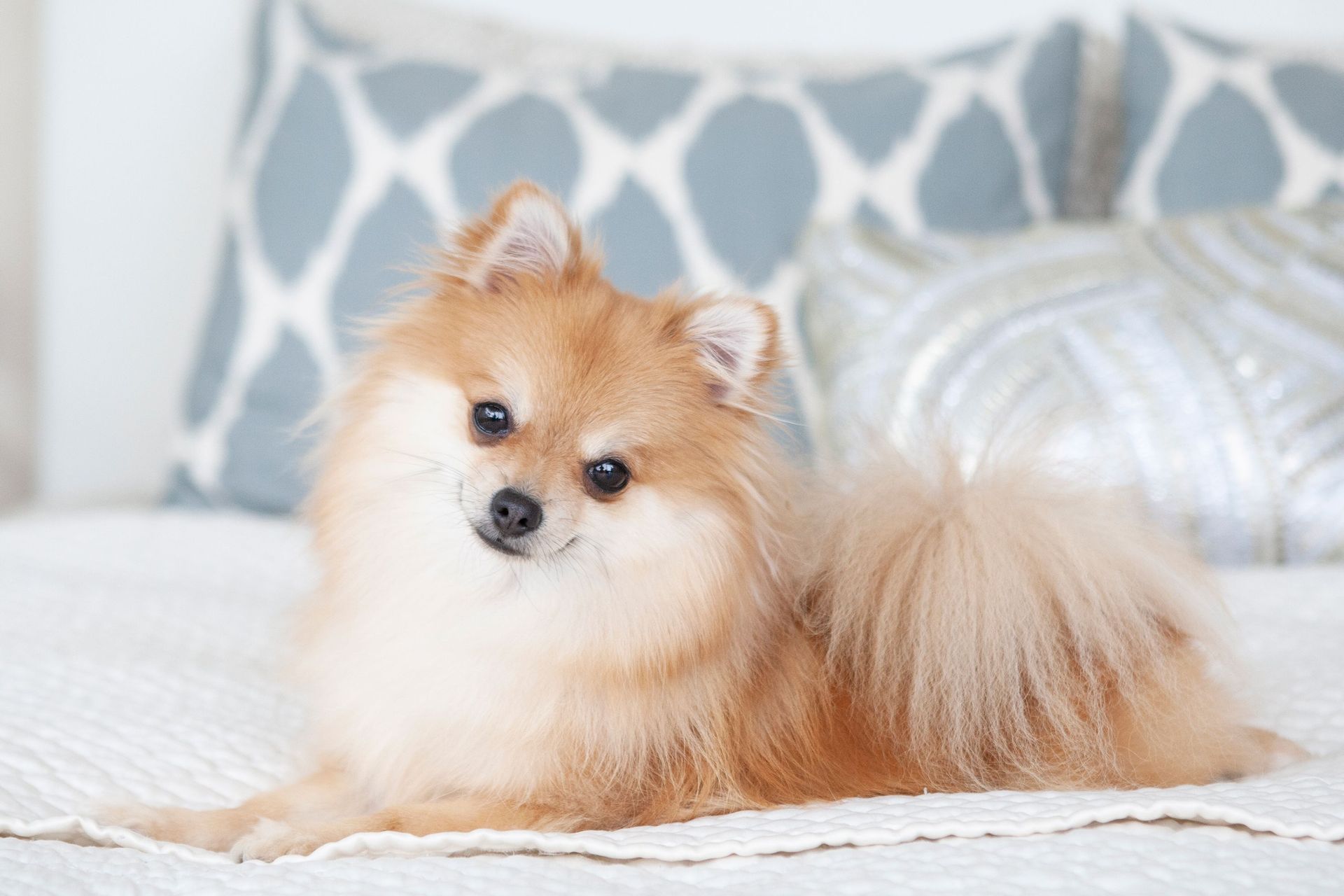The World of Teacup and Micro Teacup Puppies
In the canine's world, the terms "teacup" and "micro teacup" have become buzzwords, often used to describe some of the tiniest and most adorable puppies. As the popularity of these amazing dogs continues to grow, at Tiny Cuties it's crucial for prospective dog owners to understand the distinctions between these two classifications and the unique considerations that come with caring for such diminutive canine companions.
What's a Teacup Puppy?
The term "teacup" refers to a size category within certain small dog breeds, indicating that the puppy is exceptionally tiny, even within the context of its breed's standard size. Teacup puppies are typically miniature versions of popular small breeds such as Chihuahuas, Pomeranians, Maltese, or Yorkies. The idea is that these dogs are small enough to fit into a teacup, giving them their endearing name.
Factors influencing the size of teacup puppies include genetics, breeding practices, and the overall health of the dog. While teacup puppies are adored for their pint-sized cuteness, prospective owners should be aware of potential health issues associated with extreme miniaturization.
Micro Teacup Puppies: An Even Smaller Dimension
Enter the world of micro teacup puppies, a subcategory of teacup dogs that takes smallness to the next level. Micro teacup puppies are characterized by their extraordinarily tiny size, often weighing just a few pounds or even mere ounces. Achieving such minute proportions usually involves breeding from the smallest individuals within a breed, which can raise ethical concerns and health considerations.
Differences Between Teacup and Micro Teacup Puppies
- Size: The primary difference between teacup and micro teacup puppies lies in their size. Teacup puppies are small, but micro teacup puppies are even tinier, pushing the boundaries of miniaturization within a breed.
- Health Considerations: Both teacup and micro teacup puppies may be more susceptible to certain health issues due to their size. However, the risks tend to increase with micro teacup puppies, as extreme miniaturization can lead to fragility, skeletal problems, and a higher likelihood of congenital disorders.
- Breeding Practices: Achieving such small sizes often involves selective breeding from the smallest individuals within a breed. Ethical breeders prioritize the health and well-being of their dogs, while less scrupulous ones may prioritize size over overall health.
Caring for Teacup and Micro Teacup Puppies
Regardless of whether you choose a teacup or micro teacup puppy, responsible ownership is crucial. Potential owners should conduct thorough research, choose reputable breeders who prioritize health, and be prepared for the unique challenges associated with caring for such tiny companions. Regular veterinary check-ups, proper nutrition, and a safe living environment are essential for ensuring the well-being of these petite pups.
Conclusion
Teacup and micro teacup puppies undoubtedly capture the hearts of dog lovers with their pint-sized charm. Understanding the differences between these classifications and being aware of the potential health considerations associated with extreme miniaturization are vital steps for those considering these tiny canine companions. With responsible ownership and a commitment to the health and happiness of these petite pups, the world of teacup and micro teacup puppies can be as rewarding as it is adorable.
